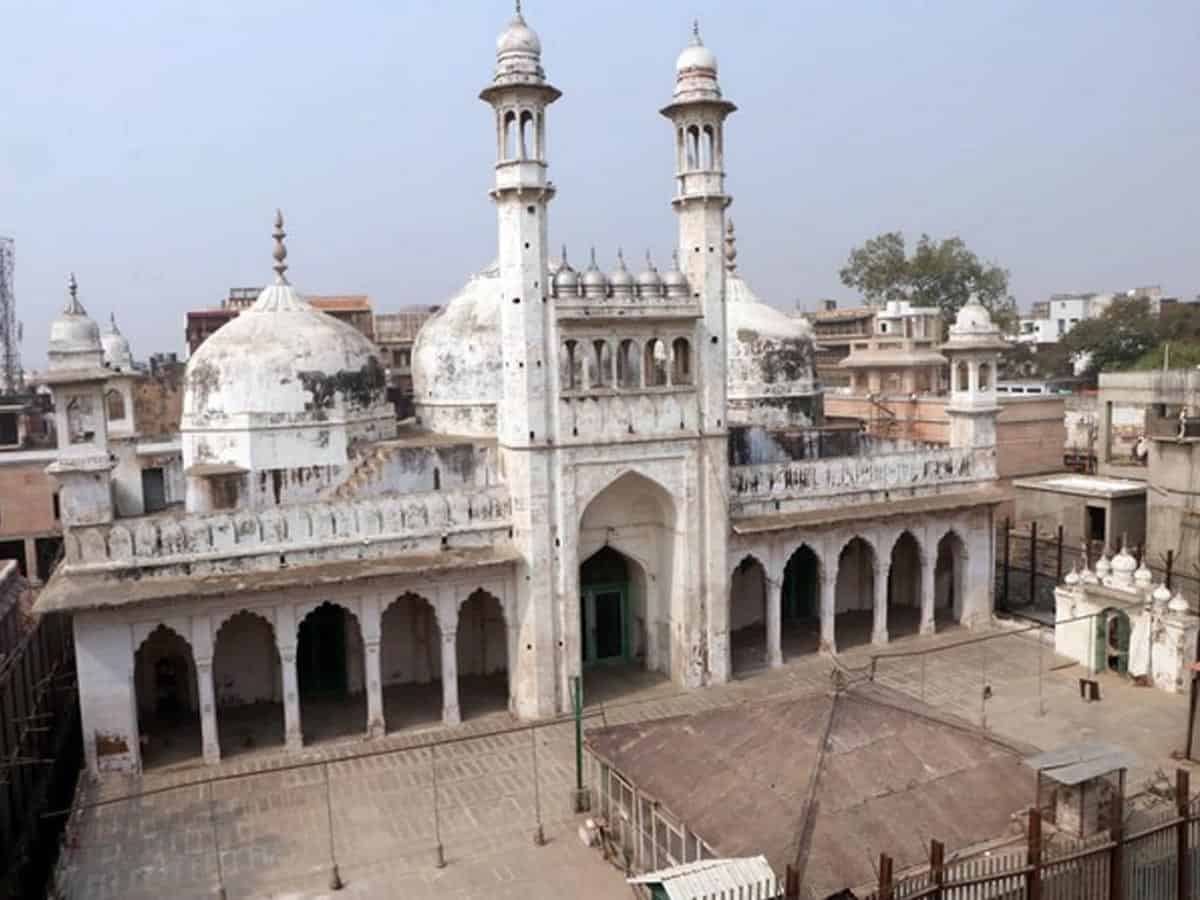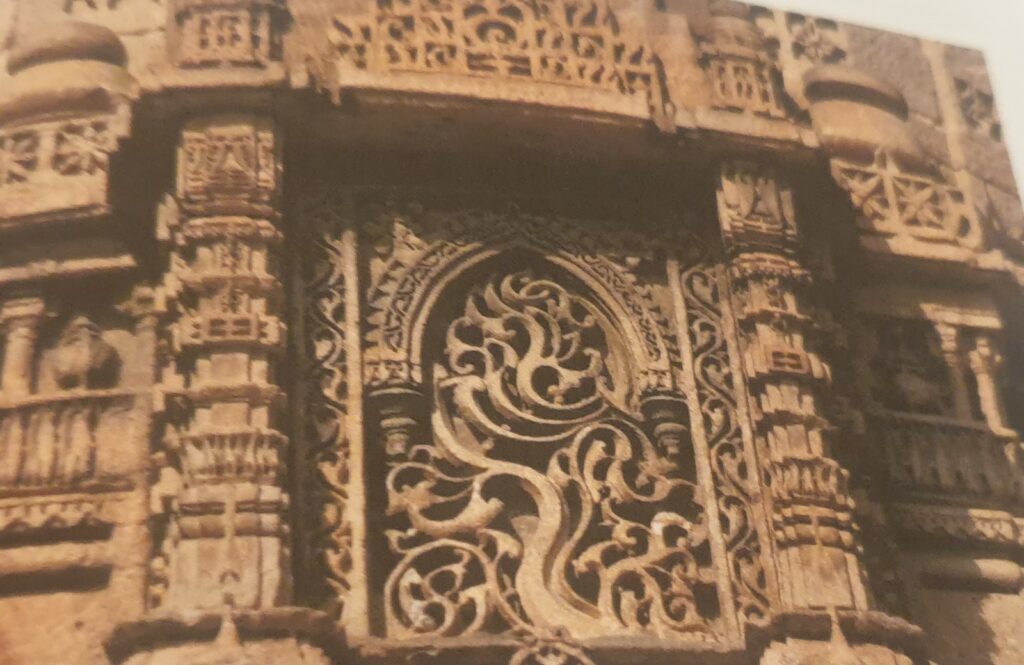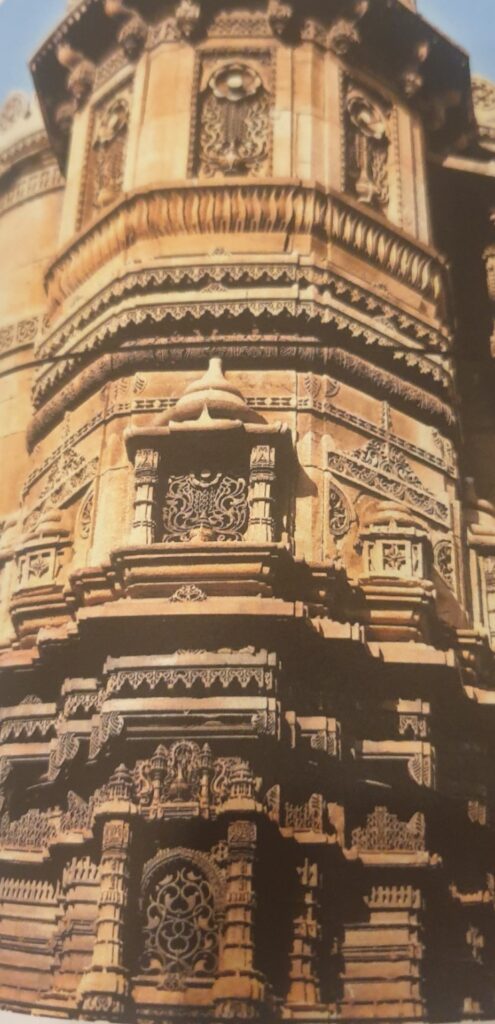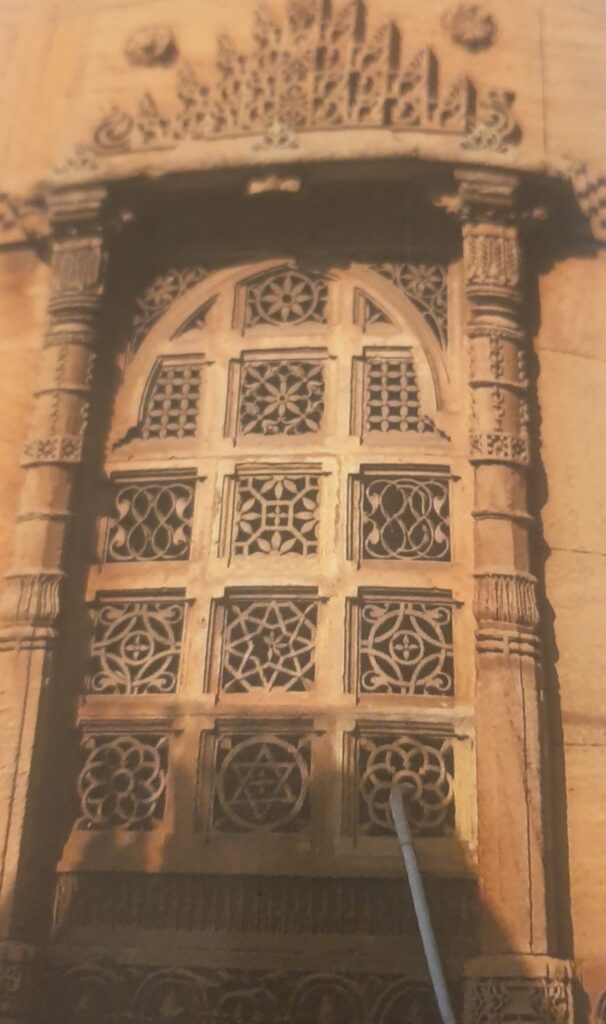
The bugle for the 2024 general elections has been sounded in Uttar Pradesh. It is once again a war cry over monuments and a desperate attempt to establish majority claim over the minority. While the Ram temple in Ayodhya is getting ready to be unveiled before the masses as the biggest achievement of the saffron surge, the upsurge over Gyanvapi ‘mosque’ is also raising people’s religious sentiments. Three days ago, even when the case was in the High Court and the court was to take a decision on whether or not to allow the Archaeological Survey of India (ASI) to survey the structure, Uttar Pradesh Chief Minister, Yogi Adityanath, issued a veiled threat to the minority and warned them not to call the structure a ‘mosque’. He asked the minority to voluntarily come forward and accept to rectify their ‘historical’ mistake.
The court verdict on Thursday (August 3, 2023), upheld the order for a survey by ASI. Immediately, the Anjuman Intezamia Masjid committee went ahead and challenged the verdict. The opposite party filed a caveat in the Supreme Court ensuring that no order be passed in the matter without hearing them in the matter. But the Survey was initiated.
The entire contention for Gyanvapi is based on the fact that the structure has some Hindu engravings, like the Trishul (trident), Chakra (wheel), etc., and hence it is a Hindu temple.
Mosques, mausoleums in Gujarat have symbols of Hindu beliefs and mythology in the structure
But if this is the basis on which the decision has to be made, then one must go and survey some mosques and mausoleums in Gujarat, which were built by Muslim rulers but have many symbols of Hindu beliefs and mythology in the structure.
In this book released in 2020 titled “Confluence of Cultures” written by Saiyed Anwer Abbas, it is stated “There are many Hindu, Jain, and Buddhist icons in mosques and mausoleums of Gujarat.” Mr. Abbas’s contention comes from extensive research, documentation, and interviews he did on these structures. According to him, the Hindu, Jain, and Buddhist icons and decorative motifs in the structure represent a ‘Pluralistic approach’ that existed in that period. This approach, says Mr. Abbas, had at its core concept of harmony and trait of coexistence. The study spread over three trips he made to Gujarat in 2011, 2014, and 2019. He studied 57 structures—all part of Muhammadan architecture of Ahmedabad. In all these structures he found Kamal (Lotus), Surya (Sun), Kalash, Kumbha or Ghata, Peepal, Tulsi (Basil leaves), Shankh (Conch), Chakra (Wheel), Ghanta (Bell).

The top of the Sidi Sayyid Masjid is lined with plain ‘Peepal icons’ carved in stone. This represents Kalpataru (Tree of Life). The oldest structure in this study included Jama Masjid in Bharuch, built in 1321 AD. Converting the study and research material into a book, Mr. Abbas has aptly titled it ‘Confluence of Cultures’.


Confluence of cultures found in many monuments in India
If one looks beyond religious boundaries, one will find such ‘confluence of cultures’ in many other monuments in India, including the Seventh Wonder of the World – Taj Mahal. For peace and harmony, it is important that one looks at things intellectually and appreciate the concept of coexistence.
This book is a true example of how those powerful monarchs who ruled India centuries ago were in total sync with the people and their surroundings. They respected and appreciated their religious beliefs and did not let their own beliefs overpower them but instead worked towards an inclusive policy. No doubt as rulers, they were not bound to appease their subjects but still they choose to do so by including these religious icons in the monuments of reverence that they built.



